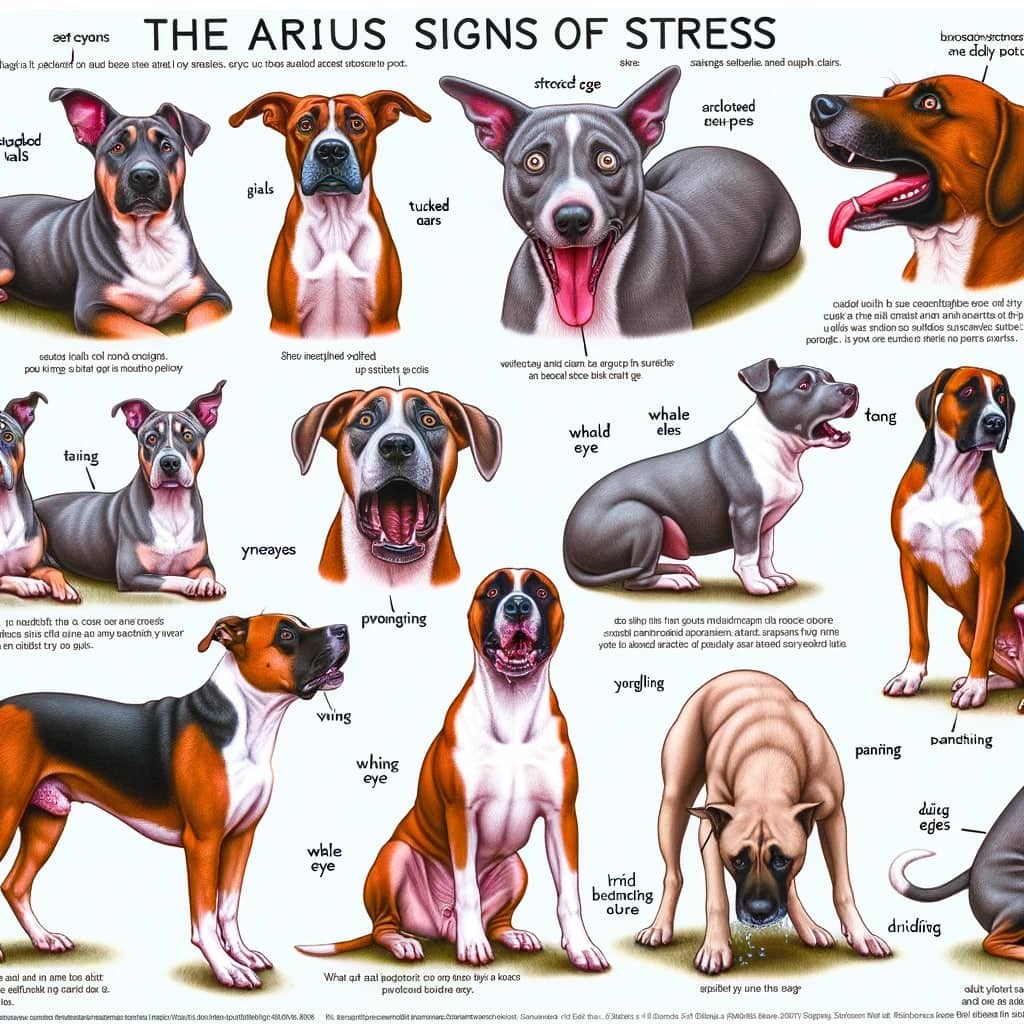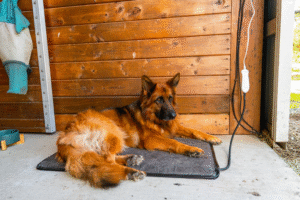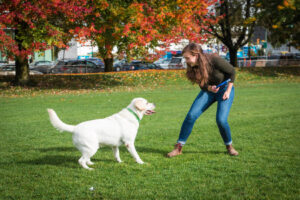Recognizing Signs of Stress in Your Canine Companion
Our furry friends can’t always tell us when something is wrong. As pet parents, it’s our responsibility to understand our dogs’ non-verbal communication and watch for signs that they may be stressed or distressed. Paying attention to changes in behavior, appetite, sleep patterns, and elimination habits can help us identify issues early so we can take steps to help our pups feel better.
Changes in Digestion
Dogs have very different digestive systems from humans, so stomach troubles can indicate a wide range of problems. Diarrhea or constipation that lasts more than a couple days could mean your dog’s body is reacting to stressors in their environment.
- If tummy troubles persist, make an appointment with your veterinarian to pinpoint the cause.
- Take note of any recent changes or events that could be causing anxiety for your pup.
- Try easing digestion issues by feeding bland foods like rice and chicken until symptoms improve.
Stay vigilant about your dog’s bathroom habits and appetite to catch digestive issues before they become severe.
Displaying Sudden Aggression
All dogs have the potential for aggression given the right circumstances. When a previously even-tempered dog starts snarling, snapping, or biting at a particular person or animal, stress or anxiety may be a factor.
- Aggression should never be taken lightly. Consult your vet to rule out pain, illness, fear, and other causes.
- You may need to remove the aggression trigger from your home until the issue can be addressed.
- If aggression persists, seek help from a professional dog trainer or behaviorist.
While upsetting for owners, aggression is your dog communicating that something is very wrong. Getting to the root cause is key to resolving the problem.

Changes in Body Language
Dogs rely on body language more than vocal tones to express themselves. Subtle signs we may not notice can actually tell us a lot about our pet’s state of mind.
- Ear position, tail carriage, facial expressions, and eye appearance all give clues to how a dog is feeling.
- Stress signals also include shivering, yawning, shedding, licking themselves excessively, and nervous pacing.
- Learning canine body language takes time and observation but gives great insight into your pet’s perspective.
Understanding what dogs are “saying” with their posture and gestures helps owners support them better during times of anxiety or unease.
Regressing on Housetraining
When a previously housetrained dog starts having frequent accidents inside, stress could be the culprit. Significant changes to their routines or environment can throw dogs off and make them lose bladder control.
- If your senior dog starts having indoor accidents, mobility or medical issues may also be to blame.
- Check for new neighborhood dogs, loud noises, construction projects or other disruptions that could be intimidating your pup when they need to go outside.
- Always respond patiently to indoor accidents – yelling will only add more stress.
House soiling habits often provide clues to underlying problems for our pets. Paying attention can help us make the necessary adjustments to their care.
Alterations in Sleep Patterns
Like humans, many dogs have difficulty sleeping when stressed. You may notice your anxious dog pacing through the night, having difficulty settling down, or waking at odd hours whining or barking.
- Stress can also cause dogs to sleep excessively as a coping mechanism. They retreat into slumber to avoid facing whatever is causing their unease.
- Extreme lethargy or sleep disruptions that persist more than a few days warrant a trip to the veterinarian to check for potential illnesses.
- Making sure your pet gets adequate physical and mental stimulation during the day can help promote healthy rest at night.
Tracking patterns in your dog’s sleep cycle gives important insight into their health and state of mind. Don’t ignore major increases or decreases in shuteye.
When to Seek Professional Help
As pet parents, we know our dogs better than anyone else. We can best determine when behavior changes are abnormal or extreme enough to require intervention. If one or more symptoms of stress persist in your dog, consult both your vet and a certified professional trainer or animal behaviorist right away.
- Your vet can examine your dog for potential medical conditions that may be causing or exacerbating stress.
- A qualified positive reinforcement trainer can help identify stress triggers in your dog’s environment and provide customized treatment plans.
- During the process, keep notes on any observations or changes you notice in your dog’s symptoms and behavior.
Working closely with veterinary and training professionals sets stressed dogs up for the best chance at recovery and happiness. Don’t delay in seeking outside support.
Have Patience and Show Your Dog Extra Love
Dealing with a stressed dog requires immense patience and empathy from pet parents. Always reinforce desired behaviors with ample praise and treats. Never punish or scold your dog for stress symptoms like accidents or destruction – that will only add to their anxiety.
- Go back to basics with obedience training to rebuild confidence and trust. Engage your dog’s mind with interactive toys and games.
- Stick to regular daily routines for feeding, exercise and playtime. Consistency and predictability can ease worries.
- Give your stressed dog extra love and affection. Massage, brushing and quiet cuddle time all help dogs relax.
With compassion and commitment on your part, alongside professional guidance, your anxious dog can find their way back to being happy, healthy and home.



